Innovation
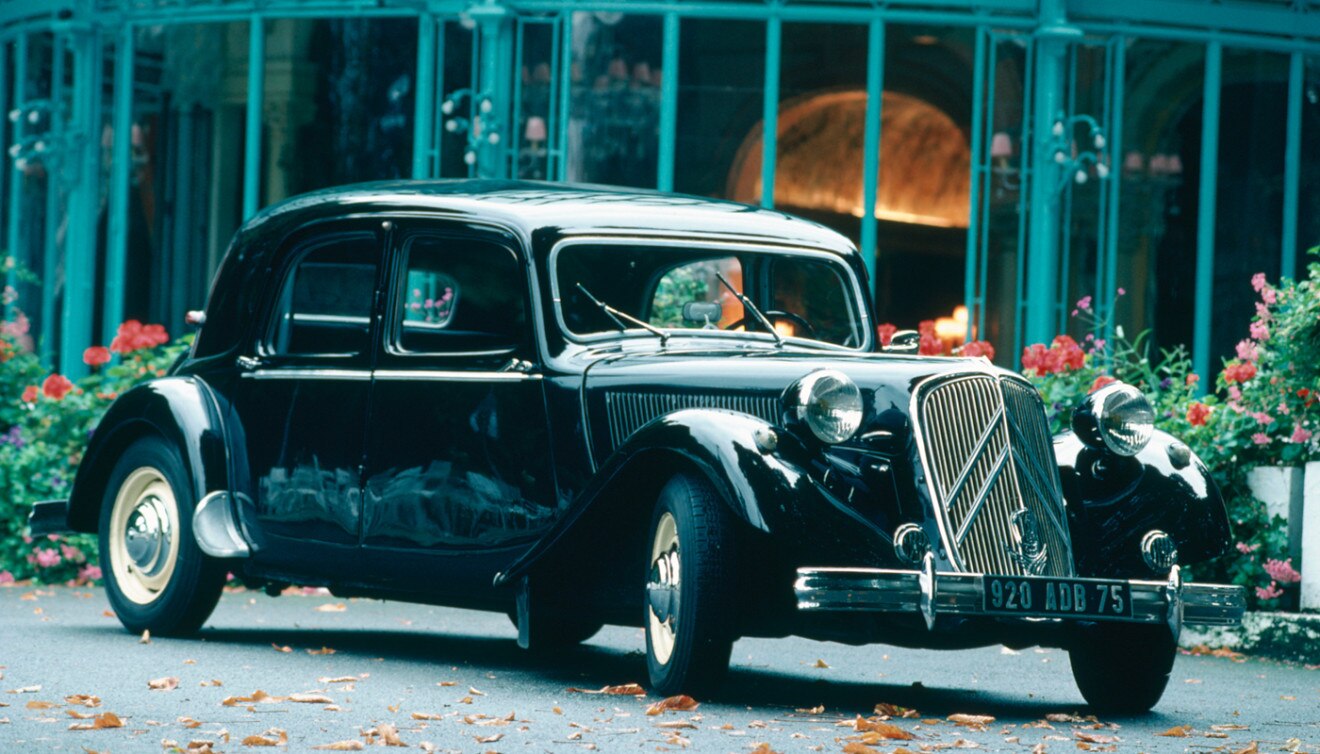
VOLUME PRODUCTION
 André Citroën will be remembered in global motoring history first and foremost as the man who imported mass production techniques to Europe based on the theories of Fordism.
André Citroën will be remembered in global motoring history first and foremost as the man who imported mass production techniques to Europe based on the theories of Fordism.
In 1919, Citroën was the first to apply these techniques to the production of the 10HP (or Type A) in Paris. By applying these new theories, based on a mobile assembly line, Citroën was able to build a large number of cars quickly and sell them cheaply.
A man with a passion for innovation, André Citroën visited Ford’s Red River plant in Detroit in 1912. There, he was able to see this new way of organising industrial production for himself.
ALL-STEEL BODYWORK
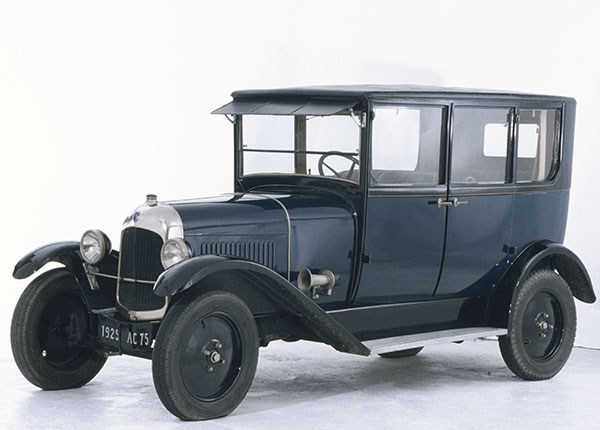 In the early 1920s, vehicle bodies were made of a wooden frame fixed to a chassis fitted with metal panels. André Citroën replaced this process by an all-steel-body. He discovered this process, invented by the firm Budd, on a trip to the US in 1923.
In the early 1920s, vehicle bodies were made of a wooden frame fixed to a chassis fitted with metal panels. André Citroën replaced this process by an all-steel-body. He discovered this process, invented by the firm Budd, on a trip to the US in 1923.
Named the “all-steel body”, the new bodywork had a number of advantages; Solid and strong, it made cars safer as well as contributing to comfort. The all-steel body was first used on the B10 in October 1924 and came into general use two years later with the new B14.
In 1934, with the launch of theTraction Avant, the all-steel body was still considered as an avant-garde feature. It became widespread only in the 1950s.
FLOATING-POWER ENGINE
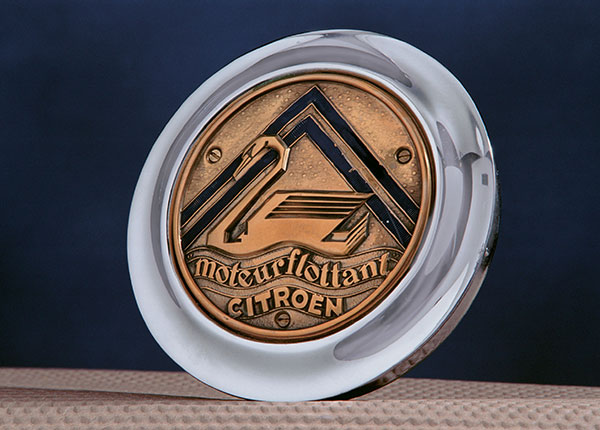 In Octobre 1931, André Citroën returned from another trip to the US. As was his habit, he came back with a number of new ideas, including one for the Floating-Power Engine. An idea that once more contributed to modernising cars.
In Octobre 1931, André Citroën returned from another trip to the US. As was his habit, he came back with a number of new ideas, including one for the Floating-Power Engine. An idea that once more contributed to modernising cars.
This invention, originally developed in France in the early 1920s, was adopted with huge success by Chrysler in 1931. The system placed flexible rubber mounts between the engine and chassis to reduce engine vibrations.
In April 1932, the C4 and C6 (renamed MFP for Moteur Floating Power (floating-power engine)) were fitted with the new system. Once more, Citroën stole a march over all its European competitors. All Citroën vehicles were subseqquently equipped with the floating-power engine.
TRACTION AVANT
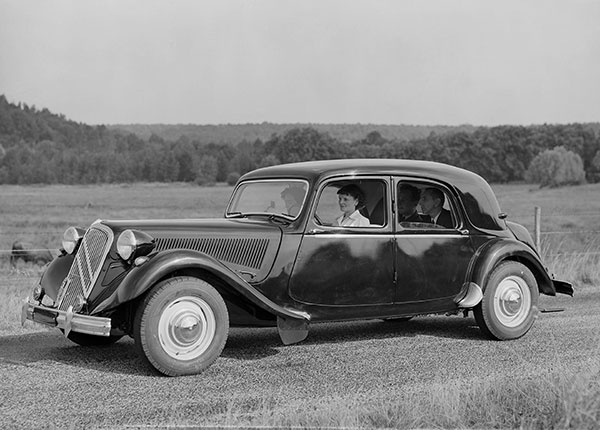 The idea of delivering drive power to the front wheels of a car dates back to the beginnings of the motoring industry. The Fardier de Cugnot (a self-propelled cart built by inventor Nicolas-Joseph Cugnot in 1770) was driven by its single front wheel. Many small-scale manufacturers had experimented with this concept with varying degress of success.
The idea of delivering drive power to the front wheels of a car dates back to the beginnings of the motoring industry. The Fardier de Cugnot (a self-propelled cart built by inventor Nicolas-Joseph Cugnot in 1770) was driven by its single front wheel. Many small-scale manufacturers had experimented with this concept with varying degress of success.
In March 1933, André Citroën, always on the look-out for new and innovative ideas, asked his engineers to study the issue. And so it was that in May 1934, he became the first leading manufacturer to make a front-wheel drive vehicle: the Traction Avant (7CV) (traction avant = front-wheel drive).
Despite teething problems, the car caused a sensation with its exceptional roadholding. In the 1950s, 1960s and 1970s, many other manufacturers went down the road opened by Citroën.
UNITISED BODYWORK
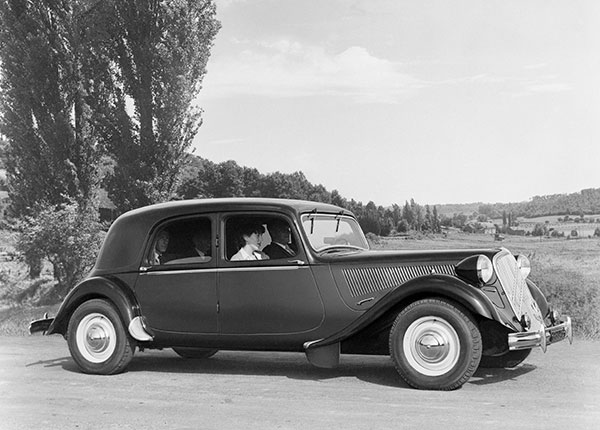 Of all the innovations featured on the Traction Avant in May 1934, the most important and most innovative after the front-wheel drive was certainly the unitised body.
Of all the innovations featured on the Traction Avant in May 1934, the most important and most innovative after the front-wheel drive was certainly the unitised body.
Previously, the chassis and body were manufactured independently then assembled when the car was built. The unitised design grouped them together into a single part carrying out both functions.
This technical solution not only increased passenger comfort and safety. By doing away with the chassis, it also lowered the vehicle’s centre of gravity and thus improved roadholding. Today, the principles of unitised body design are applied universally, even in the higest echelons of motor sport.
SWIVELLING HEADLAMPS
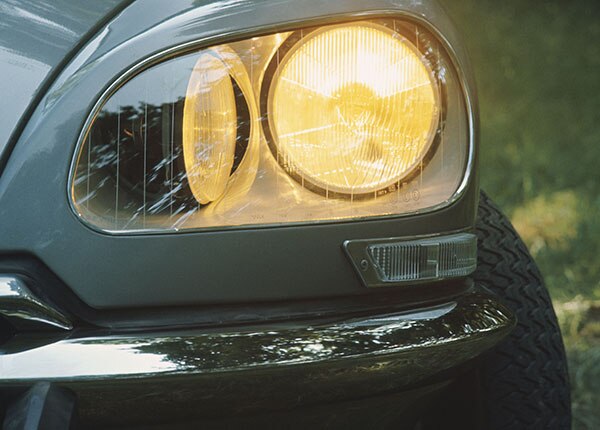 To improve safety at night, particularly on winding roads, Citroën equipped the DS and ID with additional swivelling headlamps from October 1967.
To improve safety at night, particularly on winding roads, Citroën equipped the DS and ID with additional swivelling headlamps from October 1967.
The idea was that drivers would be able to take minor or sharp bends as they would in full daylight, without being surprised at the last minute by a pedestrian or cyclist without lights. This innovation won Citroën unanimous acclaim.
The SM, launched in March 1970, naturally carried over this feature with great success. The idea of swivelling headlamps was subsequently dropped for a number of years before making a comeback in style in October 2004 with the Xenon directional headlights on the C4 and C5 phase 2. Today, the C6, C4 Picasso and new C5 ship with this feature.
VISIOSPACE
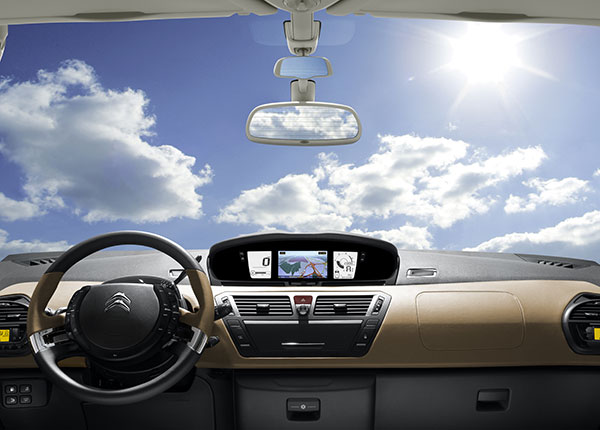 Introduced on the Grand C4 Picasso in 2006, the Visiospace concept allies exceptional visibility (visio) with a roomy interior (space).
Introduced on the Grand C4 Picasso in 2006, the Visiospace concept allies exceptional visibility (visio) with a roomy interior (space).
The main feature of the Visiospace is the panoramic windscreen, which lets the light flood into the cabin and frees up an exceptionally wide field of vision toward the outside. This visibility contributes to driving pleasure and is also a valuable asset in terms of safety.
In 2009, Citroën developed a new take on the concept with the new C3, a Visiospace with a unique personality. Wrapped in an envelope of glass, the cabin is bathed in light. Looking beyond brightness and visibility, the Zenith windscreen delivers a new automotive experience for passengers on the C3 Visiospace.
HYDROPNEUMATIC SUSPENSION
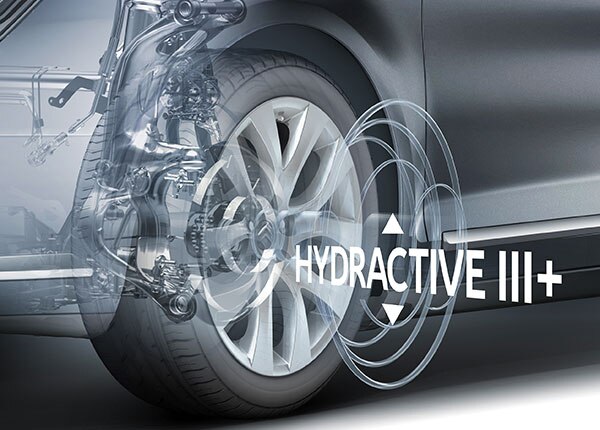 The first studies on hydropneumatic suspension were carried out in 1944 for the 2CV! But it was theTraction Avant (15CV) that first introduced this feature at the rear in 1954.
The first studies on hydropneumatic suspension were carried out in 1944 for the 2CV! But it was theTraction Avant (15CV) that first introduced this feature at the rear in 1954.
The new concept really hit the news in 1955, with the sensational launch of the DS 19. The hydropneumatic suspension featured on all four wheels set new standards in roadholding and comfort while also keeping the car at a constant height.
Until the launch of the GS in 1970, this suspension was found only on the DS and ID. It was subsequently fitted on the CX, BX, XM, Xantia, C5 and C6.
With the advent of electronics, hydropneumatic suspension became active suspension and adopted the name Hydractive, or Hydractive III+ on the new C5 in particular.
STOP AND START
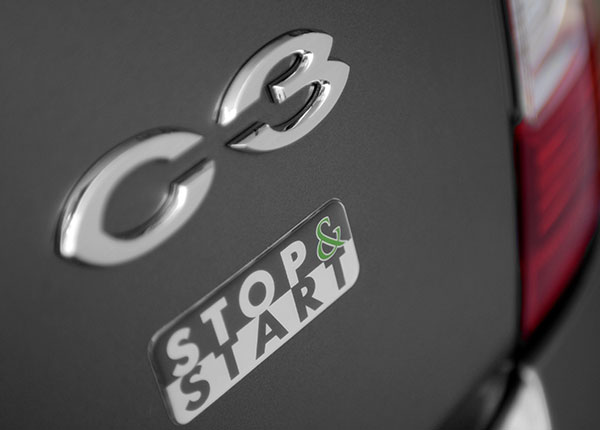 Citroën was one of the first brands to market Stop&Start technology with the C3 Stop&Start in 2005. This innovation cut fuel consumption and CO2 emissions, while also making the car far quieter.
Citroën was one of the first brands to market Stop&Start technology with the C3 Stop&Start in 2005. This innovation cut fuel consumption and CO2 emissions, while also making the car far quieter.
Stop&Start technology turns the engine off just before the car comes to a stop (at a red light or in traffic jams, for example), starting up again when the driver releases the brake pedal.
From 2010, Citroën will be rolling out the new-generation Stop&Start, which will be available across the range. This second-generation system, which is even more efficient, will cut fuel consumption and CO2 emissions by around 15% in the city.